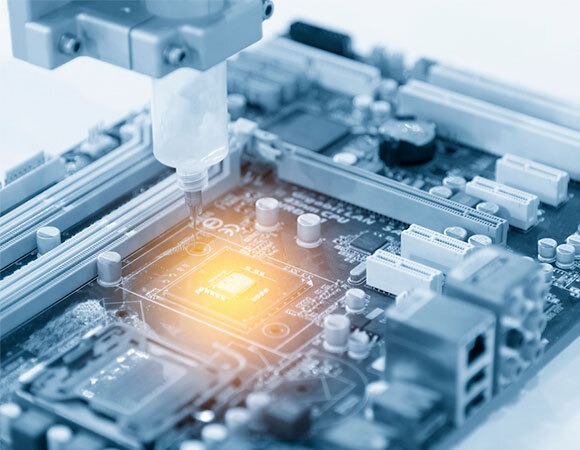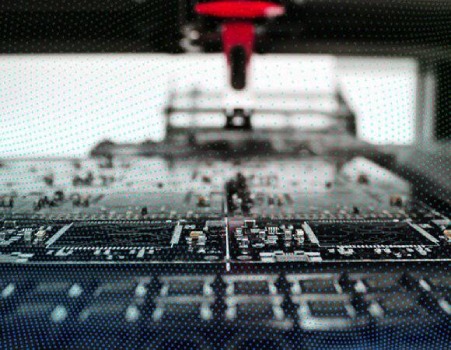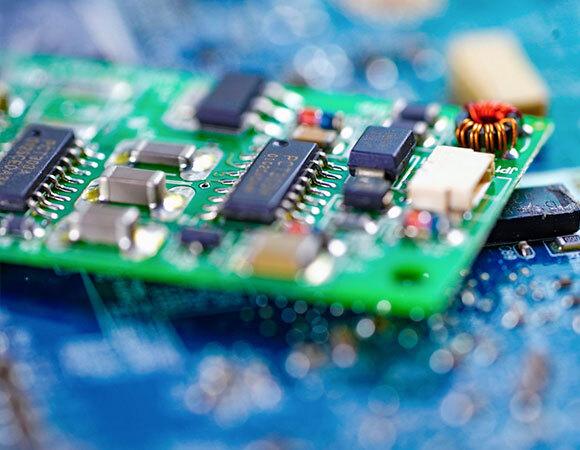 Embedded development is a process of developing software for devices that are embedded in other devices. This can include anything from small microcontrollers to larger systems. The purpose of embedded software is to control and monitor the device’s functions.The term “embedded system” was first used in the 1960s to describe a specific type of hardware and software that could be isolated from other devices. These early examples were created for use with space technology like NASA’s Apollo Program, but today they’re found everywhere! From CT scans at hospitals, inside your house or within automated transportation systems – embedded systems have revolutionised automation and human machine interaction.
Embedded development is a process of developing software for devices that are embedded in other devices. This can include anything from small microcontrollers to larger systems. The purpose of embedded software is to control and monitor the device’s functions.The term “embedded system” was first used in the 1960s to describe a specific type of hardware and software that could be isolated from other devices. These early examples were created for use with space technology like NASA’s Apollo Program, but today they’re found everywhere! From CT scans at hospitals, inside your house or within automated transportation systems – embedded systems have revolutionised automation and human machine interaction.
What Impacts the Embedded Market?
Embedded software is unlike conventional computer programs as it requires specific hardware to run. The demand for this type of programming has been on the rise since COVID-19, which impacted outsourcing work in many industries including Embedded Systems Development OSS Delivery. But more than that, we have seen a number of forces impact the industry.
The following factors affect the embedded electronics market:
– The cost of components, rising costs happen due to a whole host of reasons including higher demand, increasing costs of raw materials and transportation costs.
– The availability of components, as demand for the components grow availability shrinks whilst the market adjusts. This can be short or longer term depending on the root cause.
– The design of the product, as designs change the demand for embedded systems increases as more companies adopt integrated systems into their products.
– The target market for the product, as the target market grows so does demand. For example, the growth in popularity of smart watches.
Embedded Software Development
Embedded software development requires a team that has both the technical know-how and experience to take on such projects. Some examples include wireless headphones, factory machinery used for food processing, motion detection systems used for security cameras or medical devices which capture images during scanning processes such as X rays; these require very different expertise than designing desktop applications because there’s no way you can test them fully without actually having access to the hardware.
Embedded development can be a complex process, due to the need to integrate the software with the hardware of the device. This can make debugging and testing challenging. However, embedded software can be very powerful, providing control and monitoring capabilities that would not be possible with hardware alone.
The Embedded Software Market
 Embedded development has many applications in different industries. One example is the automotive industry, where embedded software is used to control the engine, brakes, and other systems in a car. In the medical industry, embedded software is used in pacemakers and other devices. The aerospace industry also uses embedded software for applications such as aircraft navigation and control.
Embedded development has many applications in different industries. One example is the automotive industry, where embedded software is used to control the engine, brakes, and other systems in a car. In the medical industry, embedded software is used in pacemakers and other devices. The aerospace industry also uses embedded software for applications such as aircraft navigation and control.
The market for embedded software is expected to continue to increase, with Europe maintaining its 16%-18% share of this ever-growing industry!
Changes in Demand
Embedded software is an important part of today’s world because it offers powerful performance, small form factor and long lifecycle. Embedded systems also have low maintenance requirements which make them economical as well! The demand for this type of product will continue expanding rapidly due to its benefits over traditional computer systems that might not be able to provide all these qualities at once.
The Internet of Things (IoT), Big Data and Smart Connected Automobile are further boosting the demand for this product.
However, whilst demand grows there have been challenges with component shortages causing issues across many industries.
Why Outsource Embedded Software Development?
The need for embedded software developers is growing as more and more devices come online. The demand will only increase with time, which means that companies must find ways to meet these demands quickly or risk losing business opportunities.
But developing your own custom solution isn’t always practical—it can take months to do this type of work in-house, particularly if resource is stretched across multiple projects.
This is where outsourcing becomes an attractive prospect for companies. Here are just some of the reasons why outsourcing embedded software design and development to a company like DSL is a good idea:
By working with an expert in the field you can be sure that they will be up to date with all the latest technologies, platforms and tools available.
It can work out more cost-effective as well as saving you time. Budgets and timelines are agreed and monitored throughout the development process, mitigating the risk that the project will over-run.
Outsourcing enables the very best engineers to work on areas that they are experts in, rather than trying to diversify in-house.
The engineering team involved will likely be used to working together, this can help improve efficiency and communication.
Regular updates will be provided throughout the process and budget and time management more easily monitored and adjusted (if required)
Most companies will also offer technical support on an ongoing basis (depending on the individual agreement).
Contact DSL to find out more about how our electronic design team can best support you in your project.



